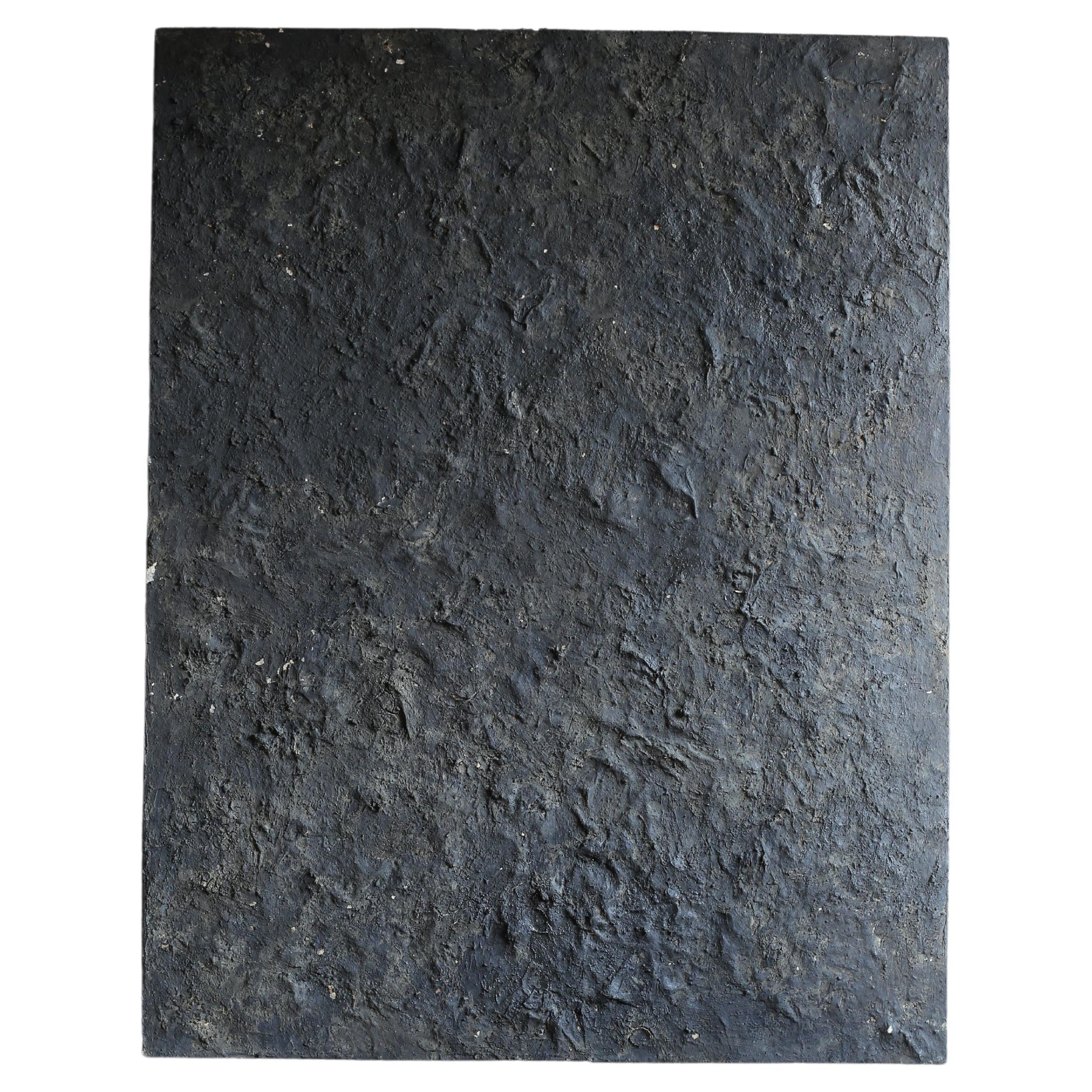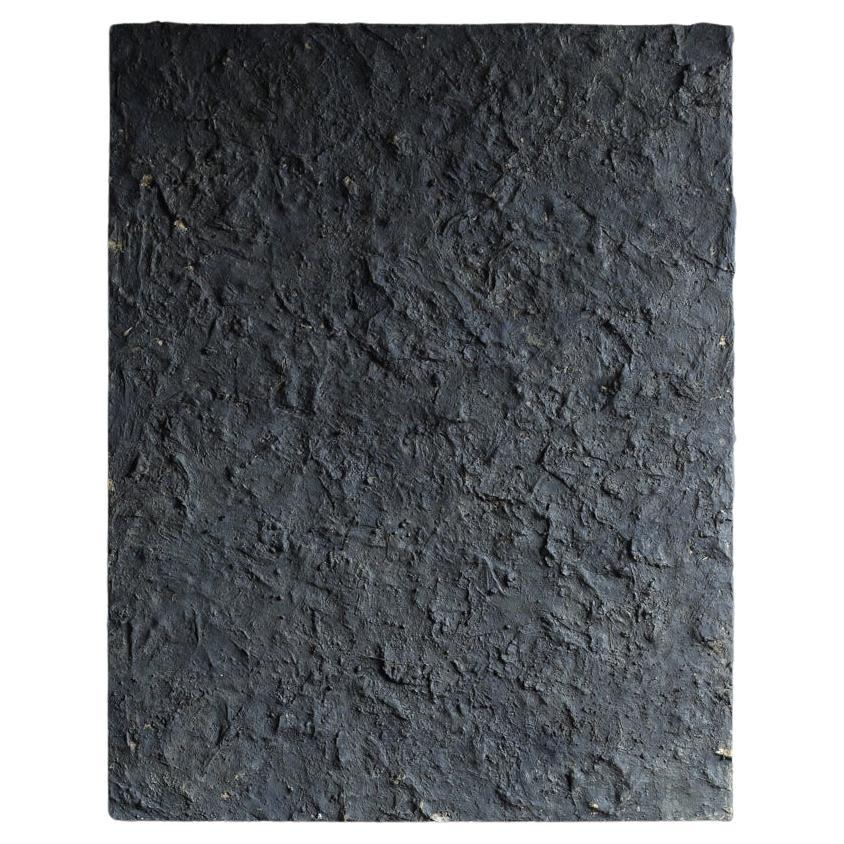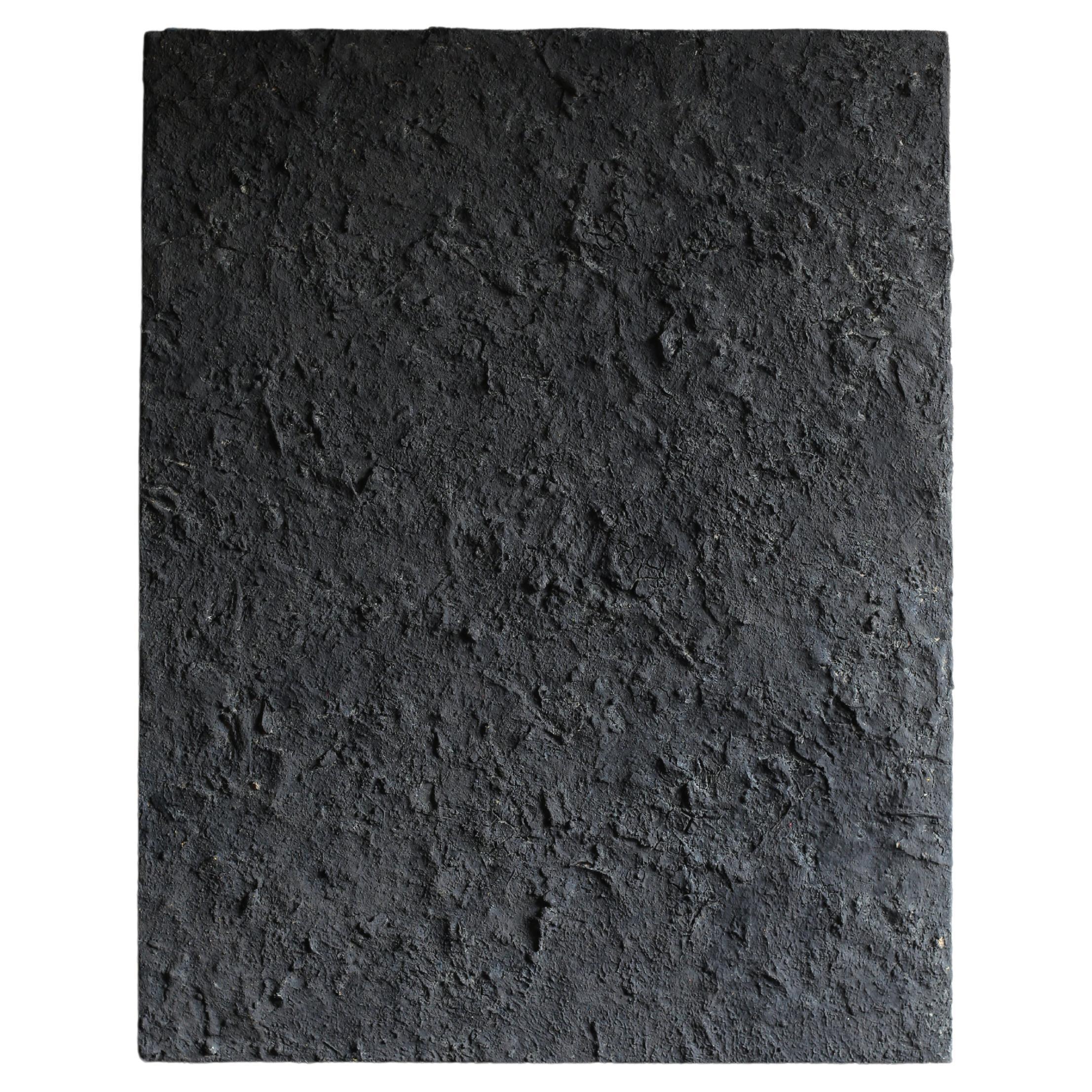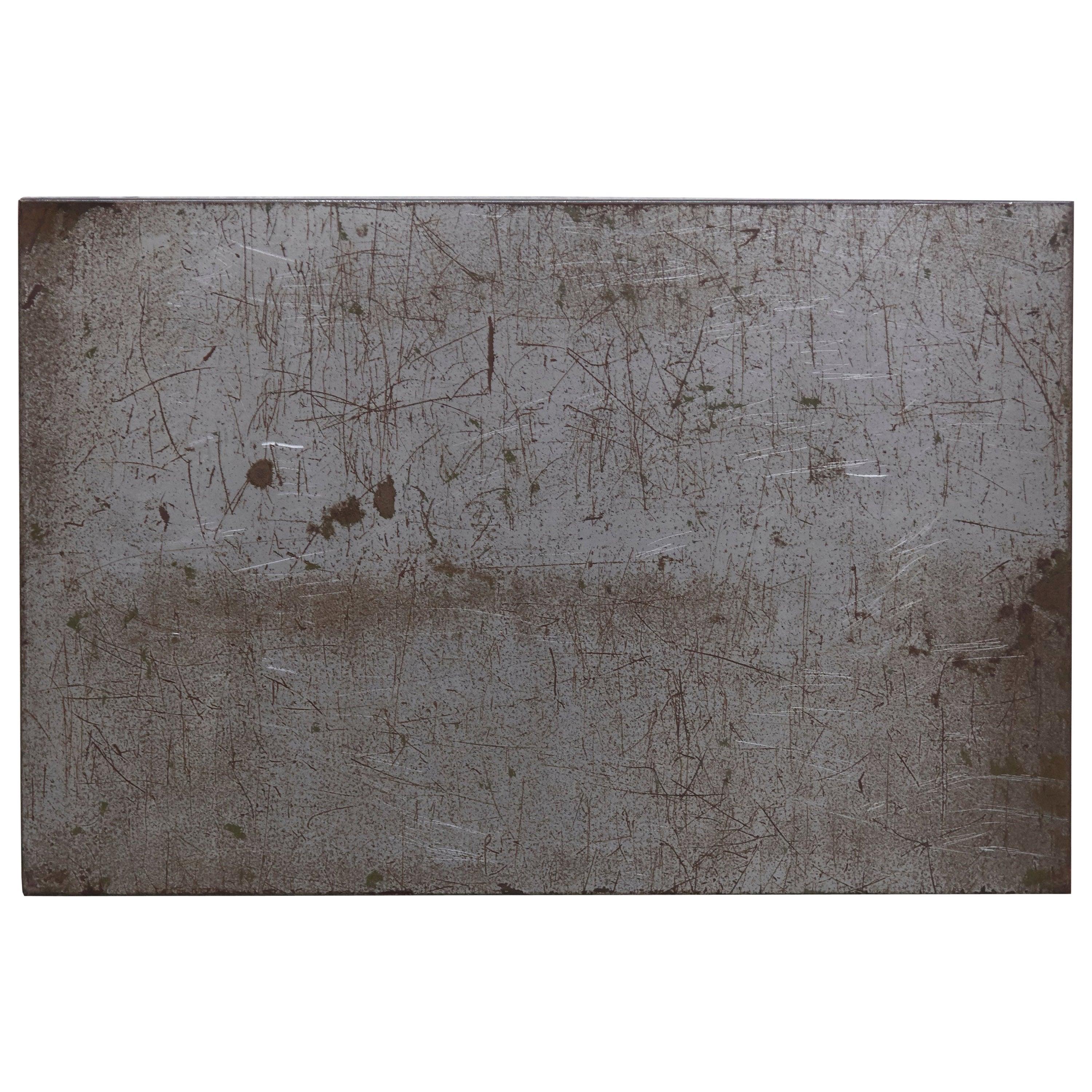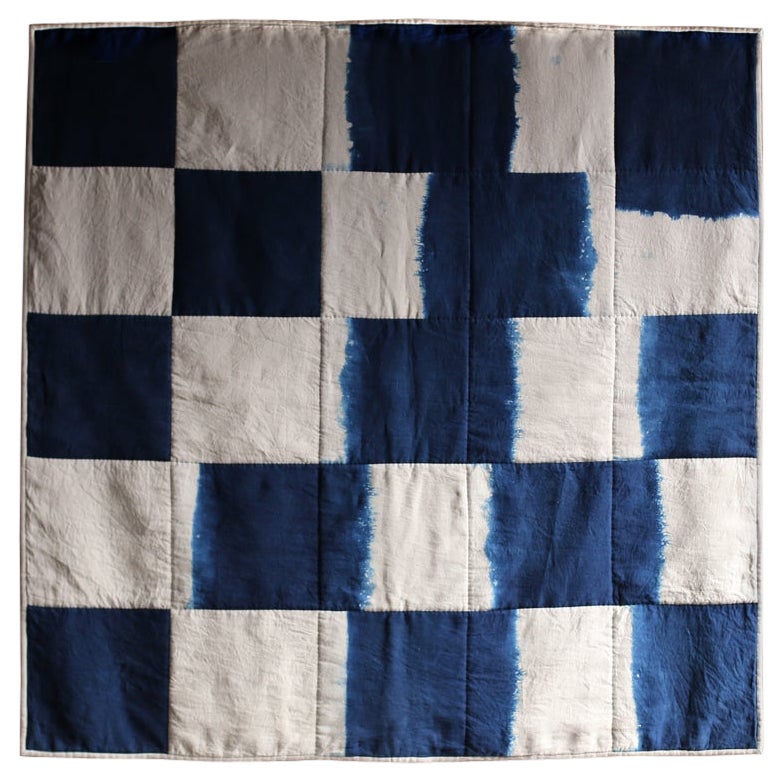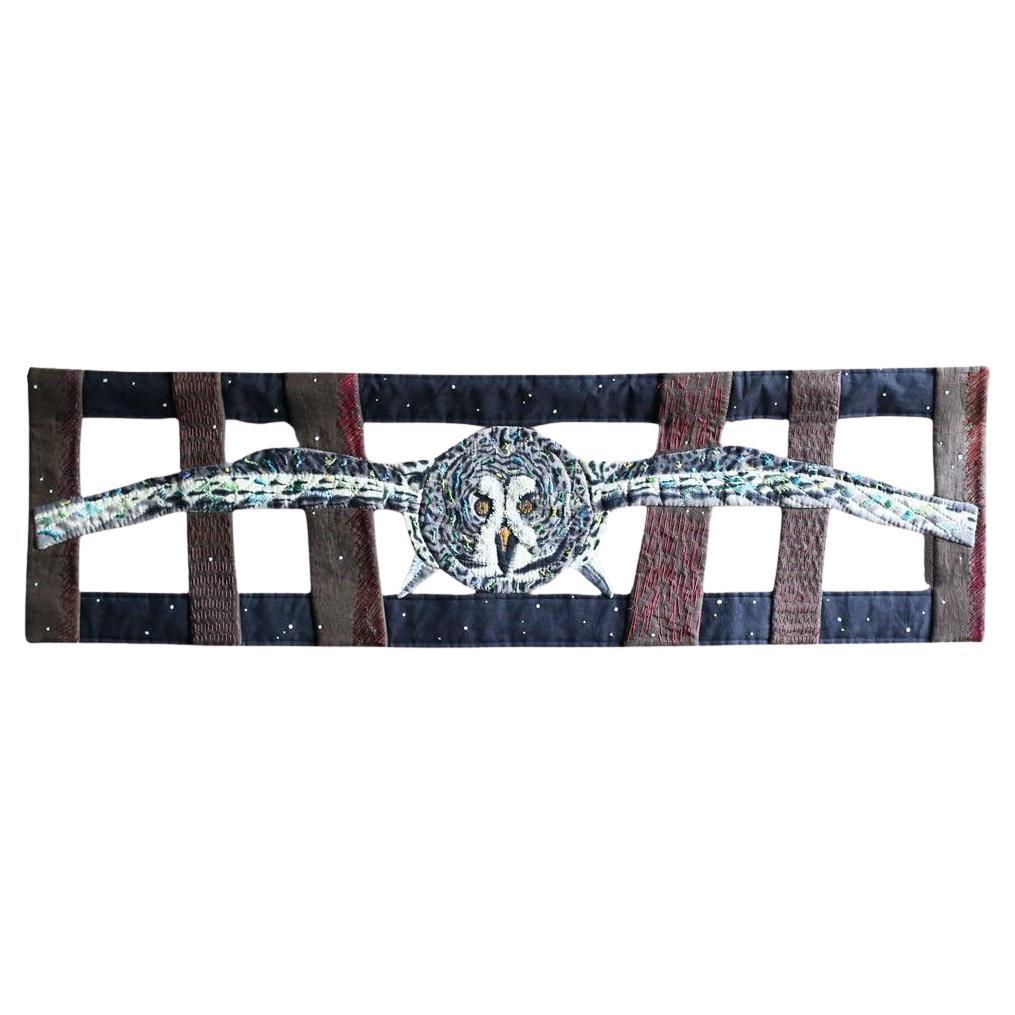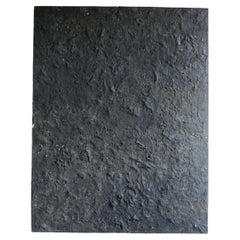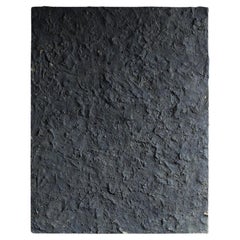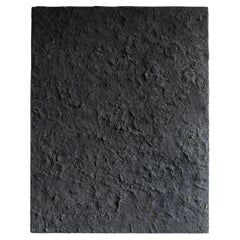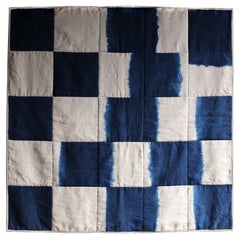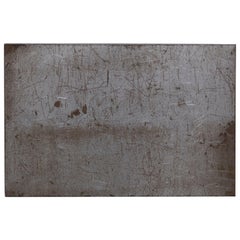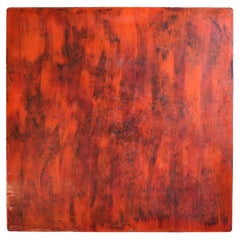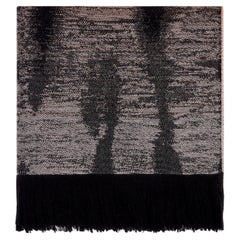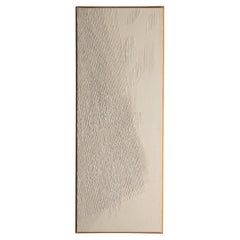Want more images or videos?
Request additional images or videos from the seller
1 of 6
Tsumikasanattamono by Wataru Hatano
$12,000
£9,070.51
€10,423.63
CA$16,709.93
A$18,589.11
CHF 9,744.64
MX$227,154.36
NOK 124,085.88
SEK 116,809.69
DKK 77,808.46
Shipping
Retrieving quote...The 1stDibs Promise:
Authenticity Guarantee,
Money-Back Guarantee,
24-Hour Cancellation
About the Item
Japan / 2021s
Size : W1200 D25 H1600 mm
Kuroya Washi artist Hatano Wataru's masterpiece "Stacked Things" series. Japanese paper, soil, pigments, etc. are layered on top of each other to express the beauty of what has been accumulated over the years.
[Wataru Hatano]
Wataru Hatano is a handmade paper artist in Ayabe, Kyoto. He makes a variety of works such as paper boxes, furniture, home decoration, and painting. Boxes and plates that we mainly have at gallery yamahon are covered with colorful painting or scratchy painting, and those are more familiar with us in daily life than ordinary handmade paper products.
[Career]
1971 Born in Awaji Island in Japan
1995 Graduated from Tama Art University, Department of Painting, Department of Oil Painting
1997 He becomes a research student of Kuroya Washi
1998 Dispatched to Vietnam as a papermaking craftsman
Launched Kurotani Washi Cooperative Youth Club
Since then, exhibitions have been held in various places.
- Dimensions:Height: 63 in (160 cm)Width: 47.25 in (120 cm)Depth: 1.19 in (3 cm)
- Style:Japonisme (In the Style Of)
- Materials and Techniques:
- Place of Origin:
- Period:
- Date of Manufacture:2021s
- Production Type:New & Custom(One of a Kind)
- Estimated Production Time:Available Now
- Condition:
- Seller Location:Sammu-shi, JP
- Reference Number:1stDibs: LU5819225976782
About the Seller
5.0
Vetted Professional Seller
Every seller passes strict standards for authenticity and reliability
1stDibs seller since 2021
19 sales on 1stDibs
- ShippingRetrieving quote...Shipping from: Taito-ku, Japan
- Return Policy
Authenticity Guarantee
In the unlikely event there’s an issue with an item’s authenticity, contact us within 1 year for a full refund. DetailsMoney-Back Guarantee
If your item is not as described, is damaged in transit, or does not arrive, contact us within 7 days for a full refund. Details24-Hour Cancellation
You have a 24-hour grace period in which to reconsider your purchase, with no questions asked.Vetted Professional Sellers
Our world-class sellers must adhere to strict standards for service and quality, maintaining the integrity of our listings.Price-Match Guarantee
If you find that a seller listed the same item for a lower price elsewhere, we’ll match it.Trusted Global Delivery
Our best-in-class carrier network provides specialized shipping options worldwide, including custom delivery.More From This Seller
View AllTsumikasanattamono by Wataru Hatano BK
Located in Sammu-shi, Chiba
Japan / 2021s
Size : W1200 D25 H1550 mm
Kuroya Washi artist Hatano Wataru's masterpiece "Stacked Things" series. Japanese paper, soil, pigments, etc. are layered on top of each other to express the beauty of what has been accumulated over the years.
[Wataru Hatano...
Category
2010s Japanese Japonisme Paintings and Screens
Materials
Sandstone
Tsumikasanattamono by Wataru Hatano BK Small_A
Located in Sammu-shi, Chiba
Japan / 2021s
Size : W900 D25 H1200 mm
Kuroya Washi artist Hatano Wataru's masterpiece "Stacked Things" series. Japanese paper, soil, pigments, etc. are layered on top of each other to express the beauty of what has been accumulated over the years.
[Wataru Hatano...
Category
2010s Japanese Japonisme Paintings and Screens
Materials
Sandstone
Tsumikasanattamono by Wataru Hatano BK Small_B
Located in Sammu-shi, Chiba
Japan / 2021s
Size : W900 D25 H1150 mm
Kuroya Washi artist Hatano Wataru's masterpiece "Stacked Things" series. Japanese paper, soil, pigments, etc. are layered on top of each other to express the beauty of what has been accumulated over the years.
[Wataru Hatano...
Category
2010s Japanese Japonisme Paintings and Screens
Materials
Sandstone
ICHIMATSU by Blue Tip atelier
Located in Sammu-shi, Chiba
Title : ICHIMATSU
Japan / 2020s
Size : W 1480 x H 1480 mm
Each part is dyed with indigo to express a checkered pattern that collapses. This quilt is made with Woven fresh linen. Hand-quilted with cotton thread. Hand dyed with indigo.
[Blue Tip atelier...
Category
2010s Japanese Modern Textiles
Materials
Linen
Fukurou(fuyu) by Blue Tip Atelier
Located in Sammu-shi, Chiba
Title : Fukurou (fuyu)
Japan / 2024s
Size : h 490 × w 1720 mm
An owl flapping through the winter trees is expressed through hand-painted, dyeing, quilting, and embroidery.
The mater...
Category
2010s Japanese Modern Textiles
Materials
Linen
Landscape Ⅲ by Blue Tip Atelier
Located in Sammu-shi, Chiba
Title : Landscape III
Japan / 2024s
Size : W 560 H 680mm
The night sky and sea are expressed with two-tone dyed colors.
Abstract embroidery of a bird flapping its wings is applied ...
Category
2010s Japanese Modern Textiles
Materials
Linen
You May Also Like
Ramon Horts Artwork One N 002
By Ramon
Located in Barcelona, Barcelona
Ramon Horts, minimalism artwork.
Structures of metal compositions made in Barcelona, circa 2017. For a solo exhibition.
Signed by himself in engraving ...
Category
2010s Spanish Mid-Century Modern Contemporary Art
Materials
Metal
$958 Sale Price
64% Off
Japanese Antique Lacquered Board/“Negoro” /Like abstract painting
Located in Sammu-shi, Chiba
This is an old lacquered board made in Japan.
It is called a "Negoro" board.
Negoro is a type of Japanese lacquerware.
It is characterized by applying black lacquer to the wood base ...
Category
Early 20th Century Japanese Showa Decorative Art
Materials
Cypress
Throw Taigaa 481
By Kenzo Takada
Located in Cadorago, CO
This is a jacquard throw decorated with a stunning animal print and fringes. The animalistic theme is reminiscent of the jungle and the natural elements...
Category
21st Century and Contemporary Italian Japonisme Textiles
Materials
Fabric
$735 / item
Painting So by Michiko Itatani
By Michiko Itatani
Located in Lille, Hauts-de-France
An abstract painting on canvas called "So" by the Japanese artist Michiko Itatani.
Signed “Michiko Itatani” and with artist’s cipher, at the back on t...
Category
Vintage 1970s Japanese Paintings
Materials
Wood, Paint
Late 20th Century Abstract Painting
Located in London, London
Oil painting
On canvas
Abstract
Labelled.
Category
Late 20th Century British Modern Paintings
Materials
Canvas, Paint
Japanese "Suiseki" Makkouseki from Ehime
Located in Sammu-shi, Chiba
This is a stone mined in Japan.
Not only in China but also in Japan from ancient times, rocks in the mountains have been shaved and stones for viewing have been quarried.
Such stone...
Category
Mid-20th Century Japanese Showa Scholar's Objects
Materials
Stone
More Ways To Browse
Japanese Screen Kyoto
Kyoto Screens
Dispatch Box
Japanese Awaji
Vietnam Textile
Japanese Screens Large
Chinese Silk Paintings
Asian Framed Silk Art
Asian Wall Panels
Asian Panel Lacquer
Japanese Silk Screen Painting
Hand Painted Chinese Screen
Hand Painted Silk Screen
Vintage Japanese Lacquer
Chinese Paper Screens
Chinese Framed Panel
Hand Painted Japanese Screen
19th Century Chinese Screen
